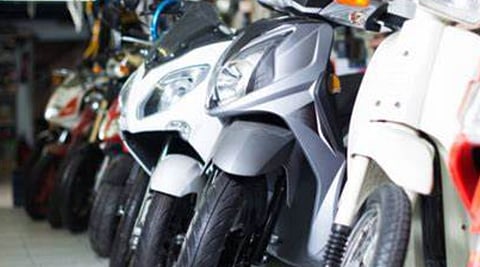
- Home
- Live Blog
- Breaking News
- Top Headlines
- Cities
- NE News
- Sentinel Media
- Sports
- Education
- Jobs

India, it has been reported, has overtaken China to become the world’s largest market for two wheelers, which has been driven by rising rural demand, favourable monsoon conditions, and government rural development initiatives. Reports quoting a recent study have said that globally the sale of two-wheelers has grown 4 percent (year-on-year) in the first half of 2024. Interestingly, while the two-wheeler market has grown significantly in India, Europe, North America, Latin America, and the Middle East and Africa, there is a declining trend in China and Southeast Asia (SEA). The reason behind the two-wheeler market slowing down in China has been attributed to consumers in that country increasingly opting for e-bicycles over motorcycles and scooters for daily commuting. A similar kind of decline in demand for two-wheelers has also been reported in Southeast Asia, particularly in Indonesia, Vietnam, the Philippines, Thailand, and Malaysia. The primary reasons in these countries, however, have been identified as geo-political trade tensions, stricter lending criteria, and cautious consumer spending amid economic uncertainty. It is important to note that the top-10 global two-wheeler manufacturers have together captured over 75 percent of global sales during the first half of 2024, with Honda maintaining its leading position for several years at a stretch, followed by Hero MotoCorp, Yamaha, TVS Motor, and Yadea. The growth of the two-wheeler market in India has been attributed to the fact that not only are the two-wheelers easier to navigate in Indian traffic, but they are also easier to park. Unlike four-wheelers, one can park bikes and scooters almost anywhere, as they don’t require too much parking space. There are reports that cite statistics to show that it takes 149 percent more time than usual to commute during peak hours in India’s biggest cities. Some of the factors leading to this traffic congestion in Indian cities are a rapid increase in population, poor road infrastructure, an inadequate public transport system, and increased use of four-wheelers. Moreover, four-wheelers are not built for a rugged commute; in contrast, two-wheelers can deal with a higher ruggedness than cars. Given the road conditions in India, two-wheelers are thus a better bet than cars. The wear and tear in the case of two-wheelers is also not as severe as that of cars.